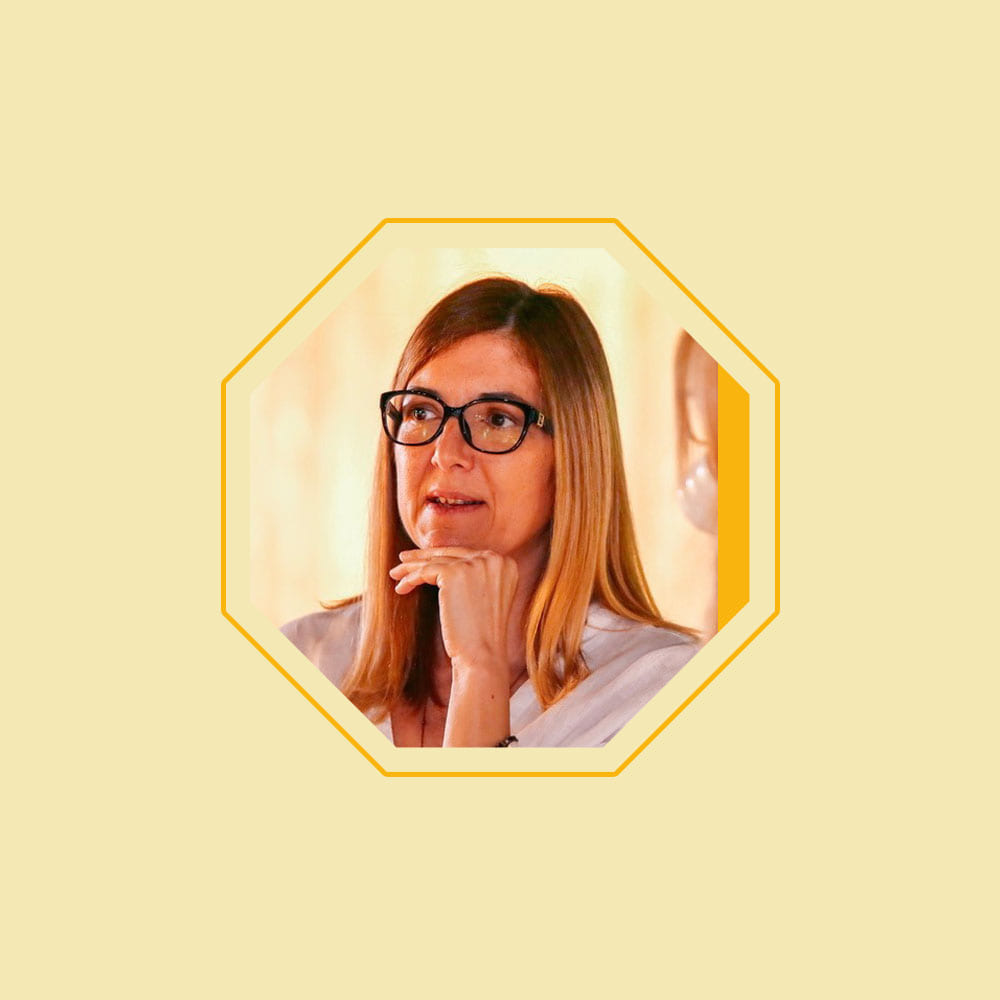During the Denim Re-union virtual event held by us on March 30 & 31 , Dr Dilek Erik from Turkey presented a synopsis of denim trends which will be remaining till SS23 . She brought out various details on the compositions, stylings , structures, dyeing and technologies that will be prominent for next few seasons. She also spoke about seasonless designs which will be valid for multiple seasons and in fact this should be the focus of the companies and consumers. We bring here a first person speech from her talk.
TREND SYNOPSIS AW22 AND SS23
I am working in the denim business for ages, I worked as a professional before but now for seven years I am giving a consultancy, and right now I am working with Sharabati denim and Iskur denim and I basically help them to market their products in the right way to the customers.
Today we’ll talk a bit about what is hot in the market. I didn’t put the name as autumn-winter or spring-summer because now I will talk about the general trends in the market but it’s up to the companies how to implement it into their collections because every company , every factory has some strong points and some weak points.
So somebody is only doing some part of these trends because the technical or the research and development is not enough to produce everything at the same time . So while I am talking about the concepts or for the elements in the season then you can also think how you can implement it to your products and to your factory.
Let’s start with comfort because we all know that for a while that the different styles and the sizes are really eliminated between the genders now . If the woman is wearing very loose-fit products or the man is wearing very tight trousers so a gender less style really dominates the fashion for a while . But now we have the COVID and we closed ourselves at our homes and most of us still working from home like me.
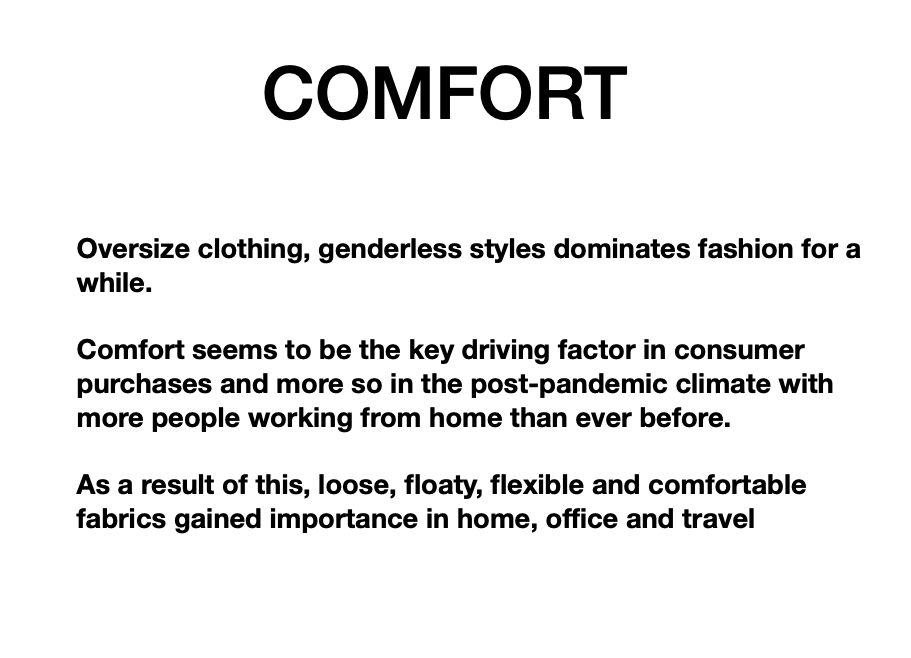
So we were wearing loose fabrics, lose fitting products, lose garments but when we close ourselves at home then we needed it more and so comfort is more critical . Whatever we buy as a garment we always like to feel comfortable in the same and that’s why we need to apply these ideas to our products ,to our styles or to our collections. So loose floaty flexible and comfortable fabrics are really very important – whether you are at home or in office or when you travel. I will give you some information about how you can use this comfort idea in the products.
The first thing, of course, is the stretch whether it’s high elastic or medium elastic stretch which is essential in Denim industry and also became popular in the past because it gives the ability to people to move very freely. But we are looking for a more authentic look from the stretch.
We like to wear stretch fabric but we don’t want to show it as a stretch, we want to show it as a rigid fabric with the performance of the stretch fabric which is a bit of a technical thing. The fabric should be more open and more sloppy but the performance should be high end and also there is another parameter which is crucial for a stretch – it’s the compression level.
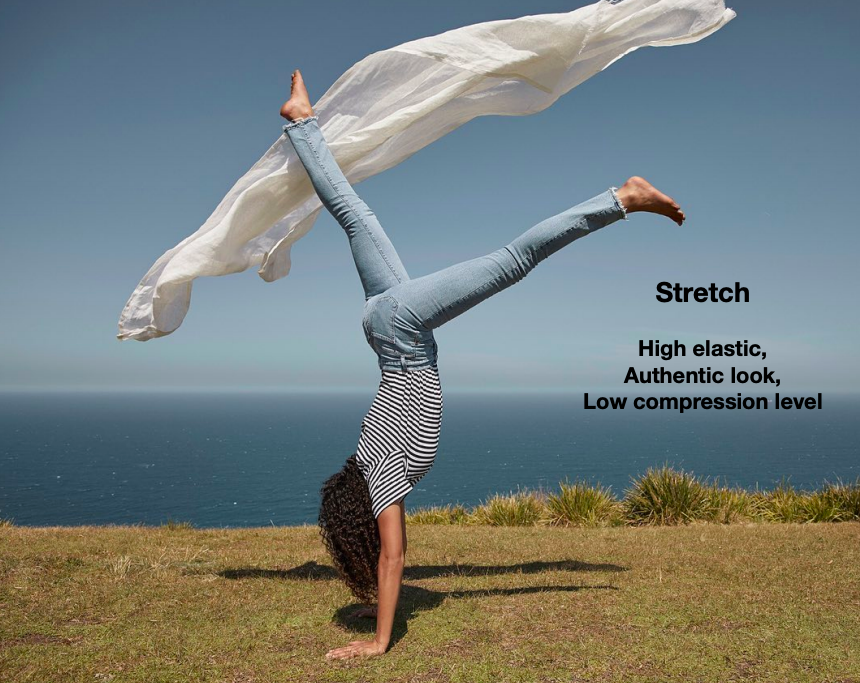
We wear trousers sometimes from the morning till the evening and we want to be comfortable in that stretched garments and if the pressure of the fabric on the body is high then after a while we feel a bit uncomfortable in those stretched trousers. If you use Lycra fiber in your fabrics then they are doing the test for the fabrics and they are giving you the test results which will show how comfortable your fabric is. Then you can prove it to your customers that your fabric is truly comfortable and doesn’t put pressure on the body. Comfort is another driving factor of consumers today which motivates people to buy more.
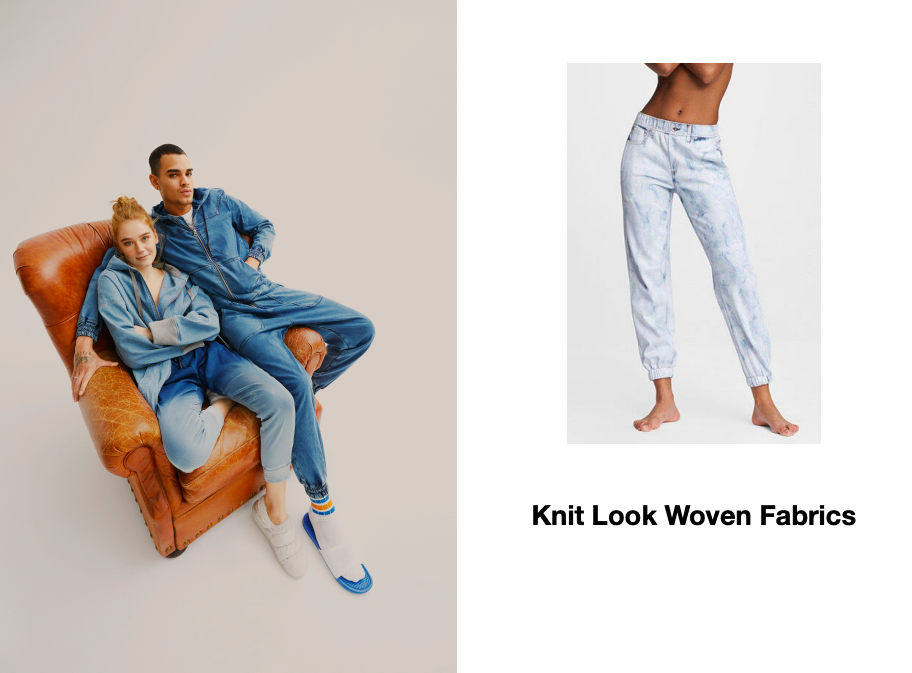
The second thing in the comfort is the knit look woven fabric – which we mainly use for the jogging style .Of course, it can be knit but when we talk about denim we usually use a woven fabric. There are great techniques available where we can make them with woven fabric and give it a knit look, then dye it in indigo and make it in different shapes or in different styles. It’s also very comfortable at home and in the street so it’s also very popular in the market.
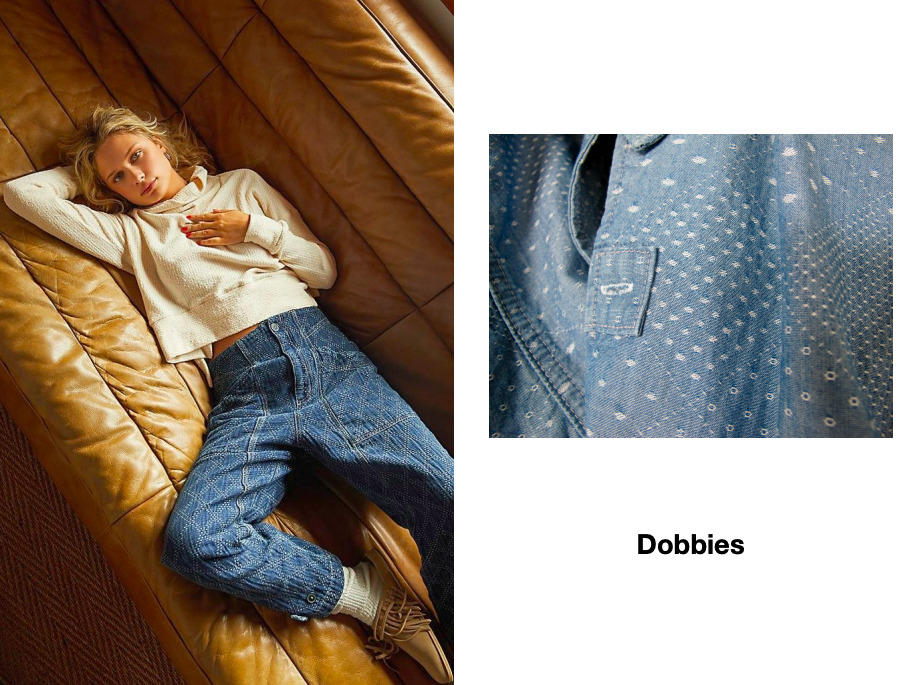
Dobby’s are also very popular for comfort as when we are at home or spending time in closed areas but we would like to see something nice. Also, if we are bored about three by ones or two by ones- Dobby’s are the good alternative, of course, it depends on the machines because some of the patterns need special Dobby machines. But there is also a way to make some herring bones on stripes or checks by the normal weaving machines and to put some nice touch on the fabric. Another thing is to get comfortable fabric is blended fabrics . Tencel, Modal, Linen, Hemp are very popular among blended fabrics. If we talk about the spring summer season, these fibers are getting more attention because they are breathable and temperature controlled fabrics. They give the fabric a drippy dreamy look so it’s good to blend cotton with Tencel or Modal or do 100% Tencel or Modal fabrics and die it in indigo to use it in a dress, skirt or even with pants.
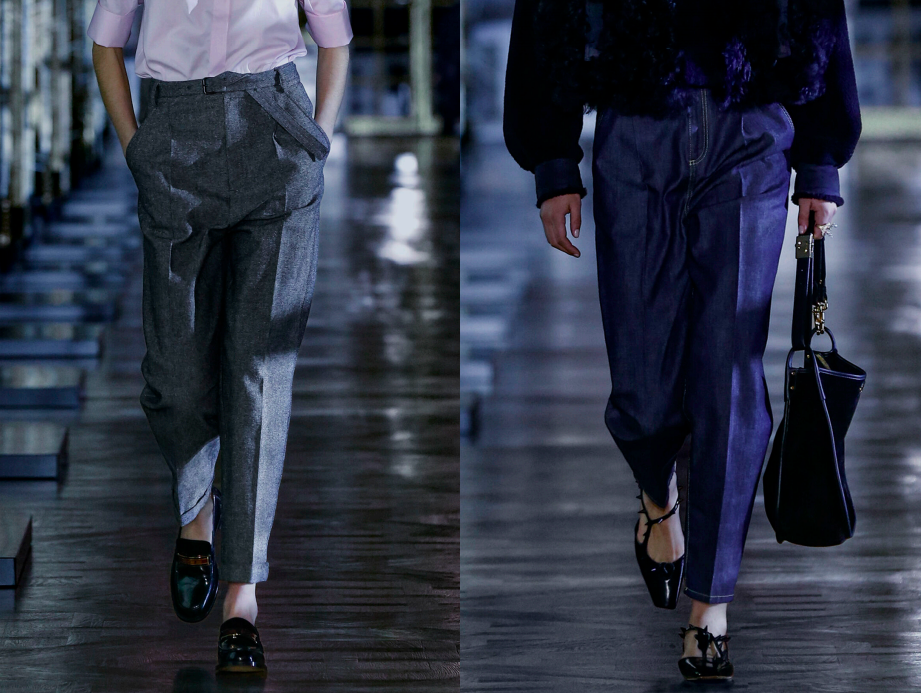
I would also like to display another popular denim – Raw denim as industries are under a lot of pressure to save water due to scarcity of sources and if we wash our garments all the time then it means that we are expending a lot of water. So raw denim or raw fabric is getting trendy. These blended fabrics are a good choice to make raw fabric in the soft way because when we make it 100% cotton, it becomes very stiff sometimes and are not very comfortable. However, when you blend it with a Tencel type of fibers then even the raw fabric can be very illusive and comfortable with a soft touch.
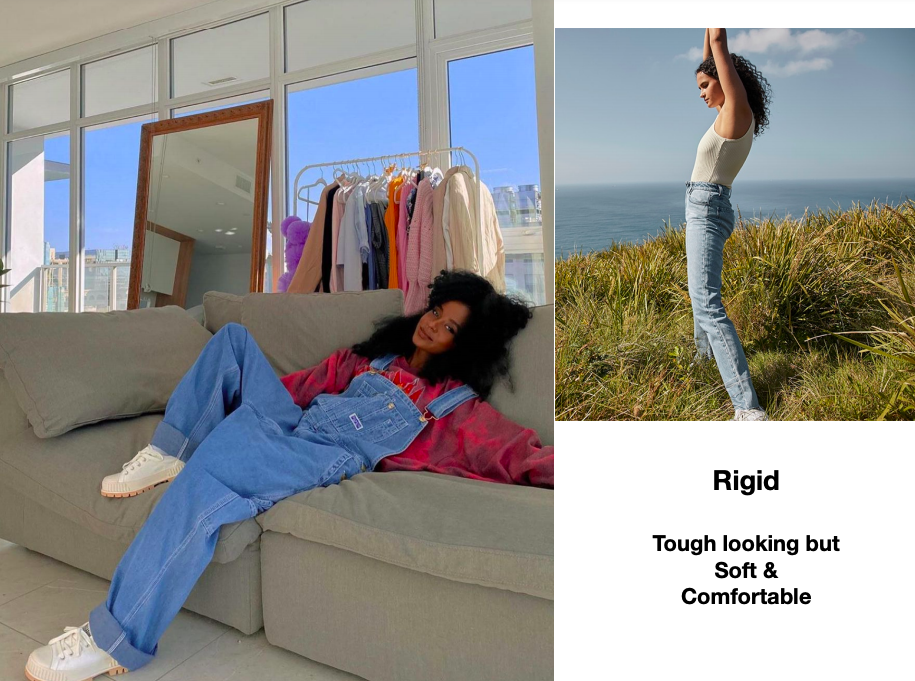
Another significant issue which needs to be addressed is making a tough looking rigid fabric into soft and comfortable because it’s easy to make the rigid fabric but sometimes it doesn’t feel very comfortable while wearing it. We want to make rigid fabric more wearable, soft & comfortable . It’s not easy to make rigid look comfortable or soft fabric but there are quite good yarn technologies or some finishing techniques available which can make the rigid fabric also very soft and comfortable.
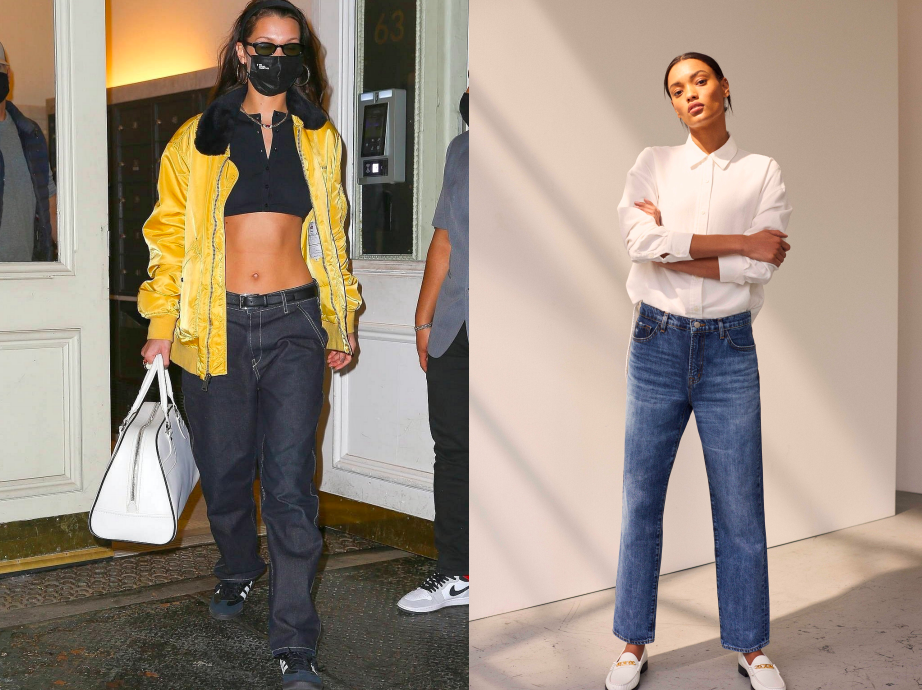
The second theme I want to talk about is Optimism. I really liked this word from Chomsky – he says that “Optimism is a strategy for making a better future. Because unless you believe that the future can be better, you are unlikely to step up and take responsibility for making it so.”
So if we don’t believe that the future will be better then we don’t feel to make something good, so we need to be optimistic.
We had terrible times, some of us lost very close relatives due to the COVID virus or we lost some jobs or we closed ourselves home so and we had a really callous time and still we are having but we need to be optimistic- we need to say “Okay, we will make the future so we will make it better.” So feeling better, feeling good, strong, power that is all we need right now. Whatever we produce, whatever we wear – if we can show some good touch on the garments then we can also feel better.
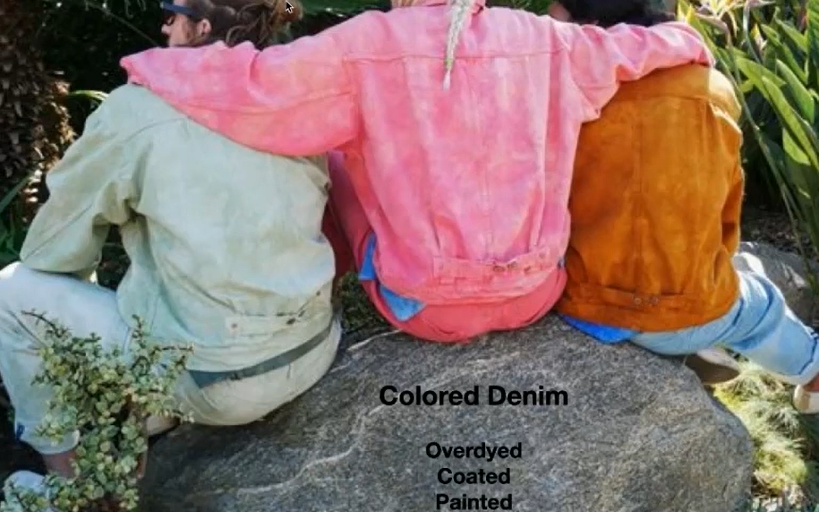
I want to show you how you can use this optimism in denim. One of the area is color denim where you can put color on denim with over dyes, coatings or even you can paint your garments and you can get wonderful colors. Now we are all talking about the Autumn-Winter collection right now but the denim factories already started to work on the Spring-Summer ’23.
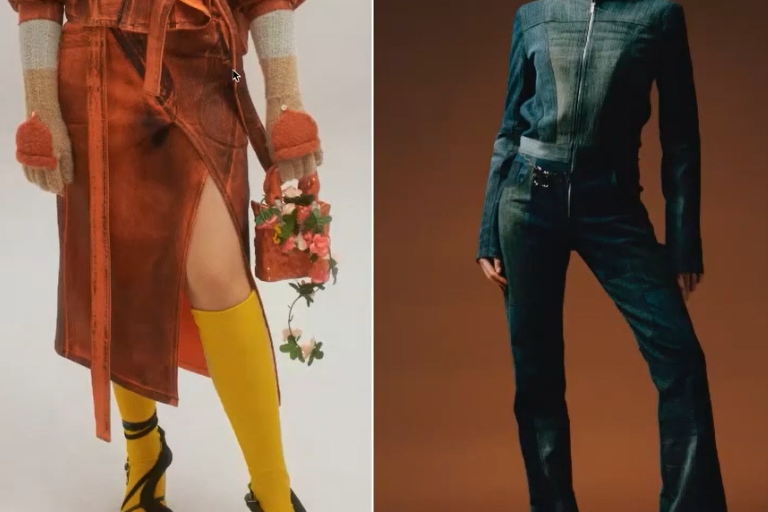
So if we put some colors on our summer collection, it will be really cheer us and we will feel much better. Again as you can see on the photos you can put even a garment dye or fabric dye, you can put different colors on your denim and you can wash it in a nice way and you can feel much better. You can use luminous colors like red green or pink and can use it as a coating or as an over dye. But the idea is to put some optimism on the collection.
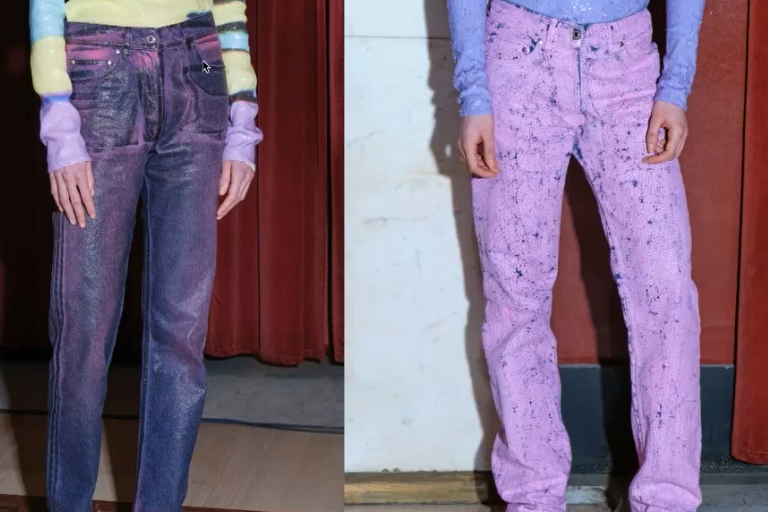

This is also a popular style to paint and put some messages on the garments and make it more cheerful . Even you can do it at home by just grabbing some paint and put some flowers on your trousers, denim or gabardine and put some emojis and create your own denim. The whole idea is about making yourself feel better and more positive.
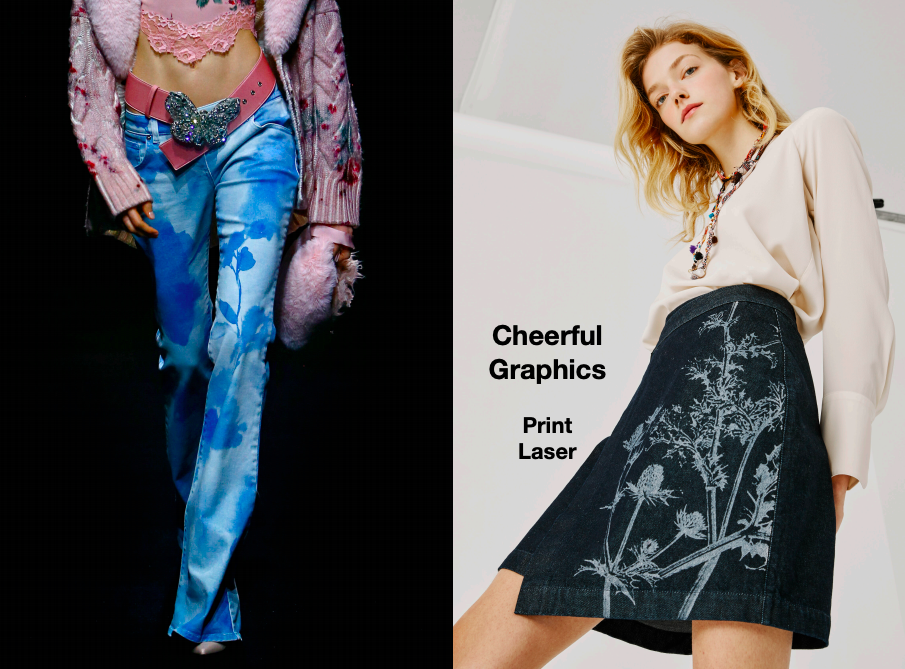
A print or laser is another way to give a pattern on the garments. There are a lot of companies who are printing some patterns on the denim fabric or after wash you can do it by lasers and put some flowers or messages on it.
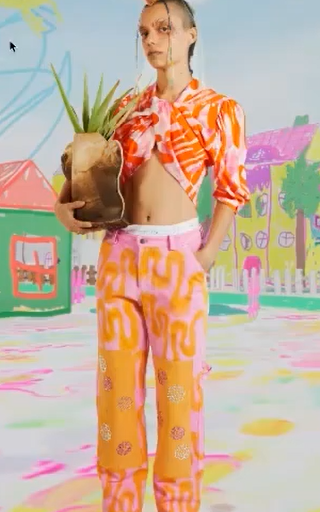
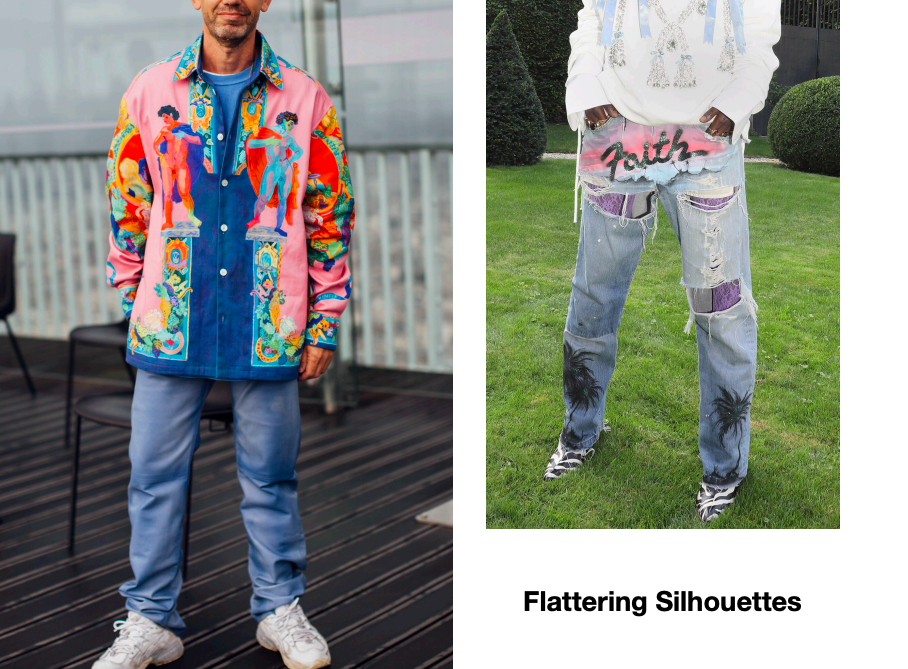
With different silhouettes by the garment styles, you can also put some optimism on your garments.
The third thing is longevity. We are all talking about slow fashion right now. This is critical because we had an insane time when we bought a lot of garments and maybe wore them only once and then put them in our closets. The next season or next week we bought another, the pandemic showed us that, we are really spending a lot and we are using the resources in a very bad way. So, we all now are more conscious about buying, spending money, or using something unnecessarily. Now the collections have become more season less and more durable and we want to have some garments which we can use for years and not leave them on our side. We want to wear it more and more even when we are fed up with it, we want to use it in another way. Sometimes to sell it in a second-hand market or to give it to somebody else as a charity so that we want to make it last longer.
That’s why I want to give some ideas on how you can make your fabrics and garments more technical because to make a strong fabric or technical fabric you need to make some research and development . For example, functional fabrics, water repellent, or dirt-repellent fabrics. When we have those fabrics it’s easy to wear them in any weather condition like on a rainy day or sunny day and because it’s water repellent or dirt-repellent, you don’t need to wash it frequently and can save some water.
Just think that you have a garment which you can wear in the hot summer or also in cold winters, you can use the same garment in every season and you don’t have to buy summer pants and winter pants. You can only have one pant and can wear it in each season. Anti-microbial is important nowadays because we are facing a virus problem so think that you have a functional and antimicrobial fabric which protects you from the viruses so you really like to wear it all the time . Or durable and strong fabrics which will not tear very easily which you can use for years and you will not get any holes or any tears in it.
The idea here is to have fabrics which we can use for a long time even if we give it to someone else. The second hand will also last long. So the idea here is to have functional, durable, strong, veritable, technical fabric .
The fourth thing that I like to discuss is conscious consumption and it’s another way to stay sustainable and I want to give some hint about how we should be conscious when we are buying something.
I want to emphasize three things- the environmental cost of producing a product, the potential human cost of manufacturing a product, the potential resale value of the item further down the line which means when we produce something or when we buy something we should take care of the environmental cost.
We shouldn’t harm our environment and we should protect it. Second, we should not only care about the consumer’s health but also the workers and the employees health. The third thing is that we should think about what will happen to our garments after we use it as I have said before either we can sell it or we can mend it or we can give it to the shops and they can recycle it . So we shouldn’t just put our garments away and forget about it but we should find a way to reuse it. And we should have slower, better, more personnel, more human in exclusive purchasing. I’d like to emphasize again reuse and recycle is truly important.
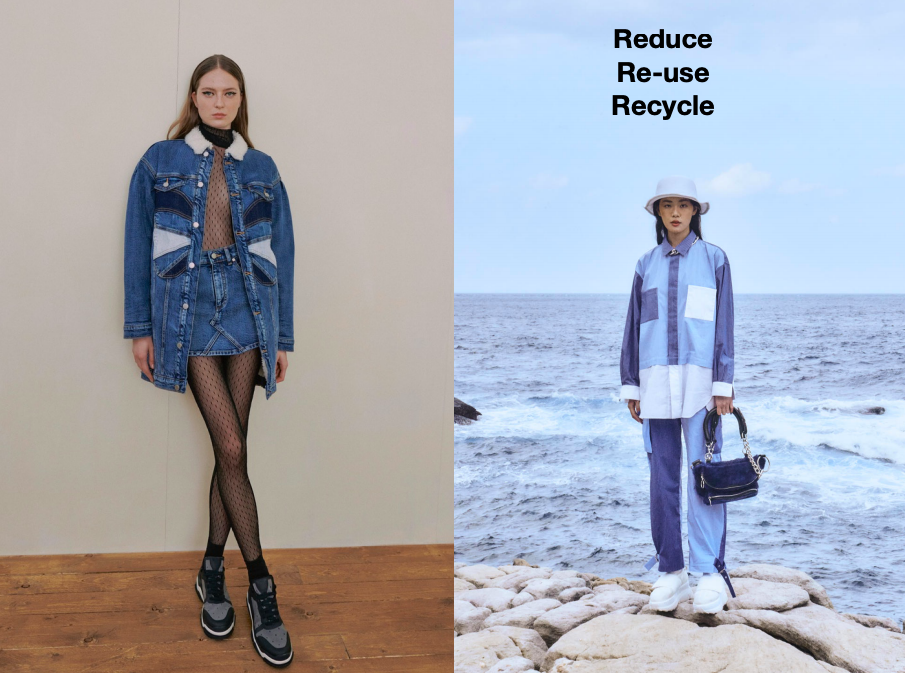
We should reduce our spending, the way that we use natural sources, water consumption, the production of energy consumption . We should reduce all the bad habits that we had before. We should find a way to reuse our garments or if we are producing denim, we should find a way to reuse our waste and recycle it. If we are a consumer we should find a way to give our garments for recycling or if we are a producer then we should find a way to recycle our waste or recycle our garments again.
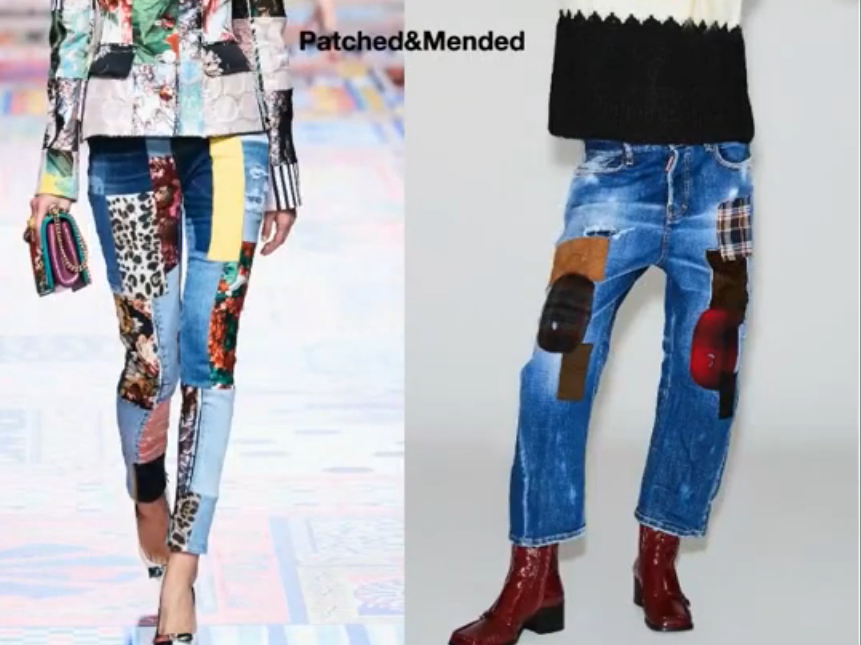
Patch and Mend is very popular because of this conscious consumption. When we look at all those patches and the mending, it gives positive vibes but it’s a trend. Also when we get some holes on our garments we can put some patches on it and we can continue to use it. We should try to combine different garments with each other and we can create our styles.
When we talk about sustainability or conscious consumption, raw materials are also crucial. We should find a way to use more responsible raw materials like organic cotton, BCI cotton but there are also some lower impact natural fibers like Tencel, Modal, Hemp, Linen, Cashmere etc because we all know that water consumption of the cotton-growing is very high. So everybody is trying to look for alternatives to the cotton and natural fibers are a good resource for that reason, especially hemp is very popular these days.
Everybody is putting hemp in their collection because hemp acts as a carbon sequester and helps in regenerating the soil. Growing hemp is quite simple and you don’t need to use pesticides to get rid of the pest. So hemp becomes more popular and we are using more hemp like cotton blended hemp fabrics in our collections.
Smart dyeing is also essential in that concept. Water saving, energy efficiency, not using any harmful chemicals and laser-friendly, indigo dyeing are becoming more popular because when we are using chemicals for the indigo dyeing, we should be careful not to spoil our water resources and find a way to reduce the water consumption.
Lasers are a big thing right now, in the finishing we are using lasers more and more so every denim producer is trying to find a way to make more laser-friendly indigo dyeing. When the garment producers use laser, they need to get a nice laser effect from the garment and in order to do that you need to have laser friendly indigo dyeing. Sometimes some indigo or some black colors don’t give a good laser performance and the garment producer don’t want to use that fabric. So it’s a big thing to have laser-friendly indigo dyeing and to make good laser finishing. It’s easy enough to give nice patterns like flowers on the fabric by laser. It’s a trend to have lasers on the production not only because it’s more water-saving but also it gives a great variety of patterns not only as a mustache or as a scrubbing but also as print patterns.
The last thing that I want to talk about is traceability and transparency. For the sustainability, we worked hard and we are doing lovely things but we need to prove it to the customers and it’s a good thing that more and more end users are asking about the certifications about water consumption of the production or about carbon dioxide emission.
The end-users are becoming more responsible so that the companies should also find a way to show the customer that they are doing everything in the right way. We see that the companies are showing their data to the customers like how much water or energy or carbon dioxide they are consuming while they are producing their fabrics or garments and it should be proved or confirmed by the third parties as we always hear that some company is saying I saved 60% water or other says that I made a 100% sustainable product but we need to ask for more proof. People should be sure that the production or the garment that they are buying is a responsible production. I know that every company is working on it and are finding ways to prove to their customers that they are doing everything in the right way.
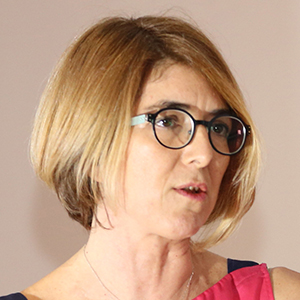
Dr. Dilek Erik is a marketing consultant from Turkey. She has a marketing experience of over 32 years in the denim industry and she worked with most of the leading denim producers of turkey as a sales and marketing professional for the last seven years. She has been working as a marketing consultant and helping companies to develop and implement marketing strategies and increase their knowledge in this area. She also teaches marketing . Major areas are marketing planning, digital marketing, and integrated marketing communication.


